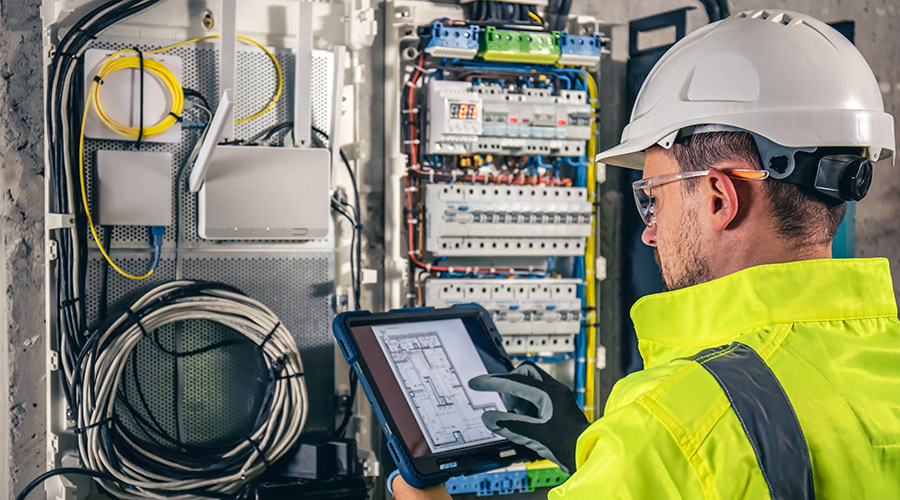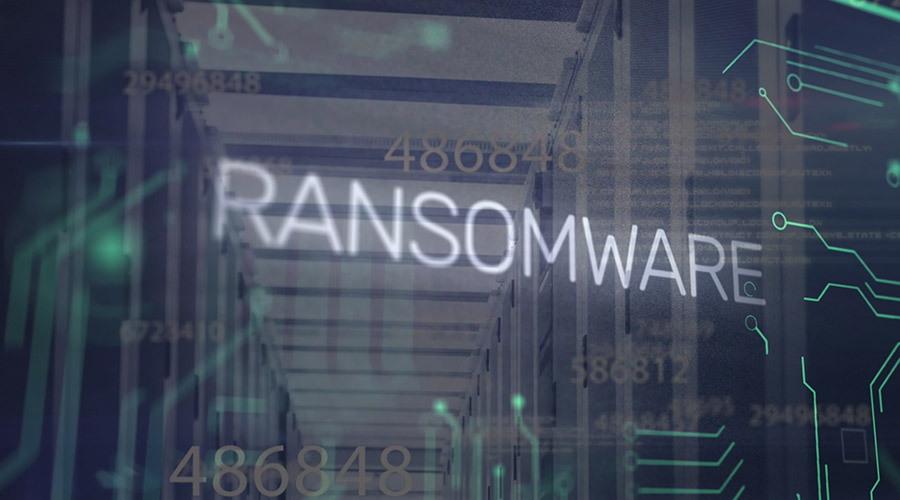When you’re talking about a total of 151 million Americans, it can sometimes get tricky to make sweeping but accurate generalizations about Baby Boomers (the 75 million people born between 1946 and 1964) and Millennials, the 76 million who came along between 1981 and 1997.
But just as we can tell the difference between LP records and iPods, we’ve likely all experienced some common differences between the Boomers and the Millennials: How they typically work, how they like to communicate, the balance they want between their jobs and their lives, and the expectations they have had for mentoring and promotions as they build their careers.
When it comes to the profession of architecture, how are the Boomer-Millennial differences manifesting themselves? What tensions and challenges are they presenting? And what creativity are they inspiring?
We recently enjoyed a wonderful conversation on those topics and more with Renaldo Pesson, an associate partner with E4H Environments for Health Architects, who’s now in his third decade practicing architecture with a specialty in healthcare building design, and Anne-Laure Cleeremans, who won her master’s degree from La Cambre in Belgium in 2012 and has worked in architecture for 5 years in the U.S., with E4H since 2015. In recent years, Renaldo and Anne have collaborated on several projects, including renovations of a pediatric and observation service and 80,000SF of corporate offices and public spaces for a leading healthcare system, and they share many insights–and plenty of laughs–about the Boomer-Millennial dynamic. An edited transcript of our conversation follows.
Q. So, let’s start on a positive note. What are some of the upsides you’ve seen in how Millennials and Boomers best complement each other in architecture?
Renaldo: One of the most exciting things about Millennials or the younger generation working with Boomers or more experienced folks is their energy. They bring a level of excitement and wide-eyed-ness to the field that they’re embarking on making a career in. They have knowledge that a lot of boomers just can’t keep up with, to tell you the truth, particularly computer-based knowledge and capabilities.
Anne: Design and architecture are always evolving and changing, and having both generational sides helps to bring different points of view together and different ideas, and that helps create more innovation.
Renaldo: You see Millennials who are saying “have we done this before?” and “what if?” and “why can’t we do this?’’ They have the computer knowledge to design something a little outrageous, and sometimes we [Boomers] have to say: “No, you can’t build that, and here is why.’’ But then you go back at it again, and between the Millennials and the Boomers, you find something in the middle that is beyond the familiar and the status quo, unusual and innovative.
Anne: Millennials tend to have more of an instinct towards temporary spaces and flexibility in design, the recognition that things need to be removable and convertible to something else in the near future. Things change faster all the time, so when you design a space, it’s not for next 20 years. We don’t know if the design may have to change in five years. We are always thinking: What’s next? How will technology evolve and how will you integrate it into the design you’ve created?
Q. Now, how about some of the challenges or tensions you see in the interactions of architects from these two generations?
Anne: One big difference and challenge might be communication. We are more comfortable with social media and casual emails. I think Boomers are more formal and direct. Sometimes the way we communicate might be confusing.
Renaldo: We recently had a situation where we were going back and forth with a client, Boomers, on e-mail. Back and forth for days. And at one point, I finally said to Anne, “Let’s not send another e-mail. Let’s pick up the phone and call the guy.’’ So we picked up the phone and called, and in about 10 minutes, we had an agreement with all parties on all sides about what we would design. I did a quick hand sketch, Anne scanned it and put in an email, and then we picked up the phone again. “Do you have the sketch? Do you understand what it shows?’’ In another two or three minutes, we had the whole thing done. I think Anne learned that sometimes, you still have to pick up the phone and be old-fashioned. Sometimes, an old-fashioned sketch is more effective than several more rounds of emails.
Q. There must be fascinating differences between how Millennials, digital natives who grew up using computers, approach architecture and design compared to Boomers who came up in the age of pencil, paper, and rulers.
Renaldo: When it comes to creating an initial design, Millennials definitely can get there faster, because their computer skills allow them to play with certain imagery and design options and 3D models. They’ll come up with these options quicker than I would have by thinking them through or sketching them out.
Anne: There’s definitely more of an immediacy with the computer generation. Boomers are more obsessed with the intent behind the design and the details. Millennials are: “Let’s do this now, as fast as we can, and later we’ll think about how it’s all pulled together and how everything works.” That’s a big difference.
Renaldo: But at the same time, I’ve seen that it can make it difficult for Boomers or senior people to know if the [Millennial architect] is really talented or really skillful. I’ve been in situations with client meetings where there wasn’t a computer we could draw on, and we’re in a debate where something needs to be resolved. The Millennials are stuck. They just look up like, “I don’t know.” I can take out a pen and sketch it like “Do you mean this?” The clients get it and completely understand it. Also, sometimes with the speed of computer design, it makes it difficult to really understand if you have a talented individual--or if you just have someone who’s just good at putting lines together. You also see sometimes, with these designs that are being whacked out by Millennials who can draw them very quickly, that there are really detrimental errors that occur because the drawing looks so precise, but if you enlarge it and take a good look at it, you realize there are missing components sometimes. I’m not talking about someone like Anne, who’s good and committed, but folks who think they’ve gotten it quicker than they actually have, and who believe they know more than they really know because of a computer. There’s a big difference between being able to draw and knowing why you have to draw something in a certain way.
Q. On their meaner days, Boomers have been known to call the Millennials “the Slacker Generation.” The rap is, they aren’t willing to put in the hours.
Renaldo: For the Boomers the biggest challenge with Millennials is we’re convinced (laughs) they—quite frankly—don’t want to work as hard as the Boomers do. “We have a social life, we want to take vacations, we want to go to the rooftop bar on a Thursday night.” The Boomers will say: “We have to get this done. We have to finish this part of the job.” And the Millennials will come back, “Nah, we need to enjoy life, and that means 9-5 and we’re done, and we’re going to get on our skateboard and hit the rooftop bar.’’ Not Anne! She’s an exception! (Laughs) But a lot of them—-my daughter is one of them—-want to live their life and not suffer with work.
Anne: I totally relate to that. I don’t want to be completely under my work, I want balance between both of them. I’m committed to my work. But I still want to have a life besides my work because I know everything could end tomorrow.
Renaldo: Let me give you an example: Boomers might skip a vacation to get a job done. Millennials are like, “No, I don’t want to do that. I have a vacation planned and I’m going. Let the thing work itself out.” Boomers don’t do that.
Anne: And even if you are on vacation, you [Boomers] always check your emails! (Laughs) You can’t really go away without being aware of what’s going on. Millennials are like: “I’m out. I’m not checking my emails because I need this time to recover.” That’s a difference that I see with my project manager. I would say, though, that things are just different, not better or worse. [Millennials] are thinking differently now and have a different approach to work, life, and the balance between them.
Q. We also hear often that Millennials have much different needs and expectations around recognition and promotion, that they expect to move up in the organizational ranks much faster than Boomers ever did.
Renaldo: Absolutely. I’ve seen it. Between the ‘80s and now, we’ve changed dramatically. I think I waited 10 years to be a senior designer. I was knocking stuff down and winning awards, but the promotion didn’t come for 10 years. I recently worked with a young woman with two or three years of experience. I saw her interviewing for a senior designer position, with nothing to show, no awards, no full projects, just the feeling that she’s capable. It’s amazing. I felt like I had to accomplish so much before being recognized, but I was patient about it. Nowadays, it’s not like that. And worse than that, the parents support them! I had one [example] at my old office where the person came in for his evaluation, and he didn’t get a particularly good evaluation--because he wasn’t particularly good. The kid basically went home and cried to his mother. His mother called in and yelled at HR about the lousy review her son got and the fact that he wasn’t getting a raise! He didn’t last too long after the firm after that.
Anne: (Laughing) That’s pretty unusual, though!
Renaldo: It is true that you have to be careful about criticizing Millennials. If it’s not delivered properly, that criticism is taken very negatively. We grew up in the era when we’d have our models stomped on if they weren’t good enough. That stopped with Millennials. Now, the criticism always has to come in a nurturing manner and with a mentoring approach, to help you grow from it. The mentoring needs to keep them inspired and make them feel smarter, like they can continue to grow.
Anne: Something good I’ve noticed about how Renaldo works with Millennials is, you don’t just criticize them and say you’ve done something wrong. You always explain why. There’s a training aspect of, “This is wrong--but I’m going to tell you why it’s wrong, and how we can fix it.” It puts great energy into the team relationship.
Q. If you think back, Renaldo, to your 20s and when you were entering the profession in the early 1980s, how do you think the relationship between Boomers and your older generations was different from today’s relationship between the Millennials and the Boomers?
Renaldo: Mentoring. It’s dramatically different now than it was then. Back then, it was, throw you into the pool and see if you sink or swim. That would weed out who would be successful and who would not. We had to struggle to find our own way. Nowadays, as senior leaders, you’re expected to do more mentoring and give more guidance to bring the person into the field with much less stress. It’s dramatically different.
Anne: It’s a time when mentoring is not top-down, but a mutual mentoring. The Boomers mentor the Millennials--but also Millennials can bring something to Boomers as well.
Renaldo: From a managerial standpoint, you need to understand that Millennials need to feel rewarded and appreciated more than we did when we were their age. We were just happy to have a job. They have a sense of needing to feel rewarded and appreciated. If the Boomer understands that, it makes for a better relationship. Anne’s a part of the team. If she has an opinion about something, we feel that she is just as welcome as anyone to share that opinion, regardless of years of experience. If you take Millennials in as part of the team, give them respect, give them responsibility, that makes for the most successful team structure--and the best thinking and best service for our clients.
Peter J. Howe is a journalist in Boston and is currently a senior advisor at Denterlein.

 How Architects Shape the Future of Healthcare Facilities
How Architects Shape the Future of Healthcare Facilities UNC Health, Duke Health Form Partnership for Stand-alone Children's Hospital
UNC Health, Duke Health Form Partnership for Stand-alone Children's Hospital Sarasota Memorial Hospital Plans to Build New Facility in North Port
Sarasota Memorial Hospital Plans to Build New Facility in North Port CMMS, Data and the Path to Compliance
CMMS, Data and the Path to Compliance Healthcare is a Major Ransomware Target
Healthcare is a Major Ransomware Target